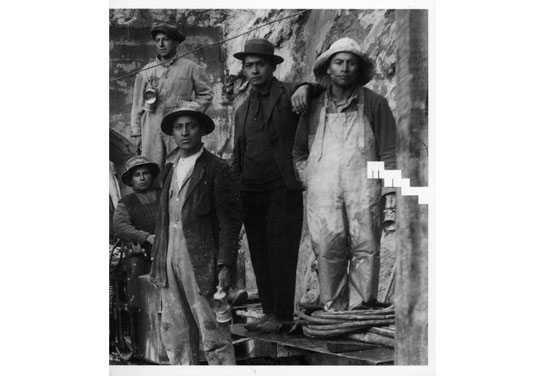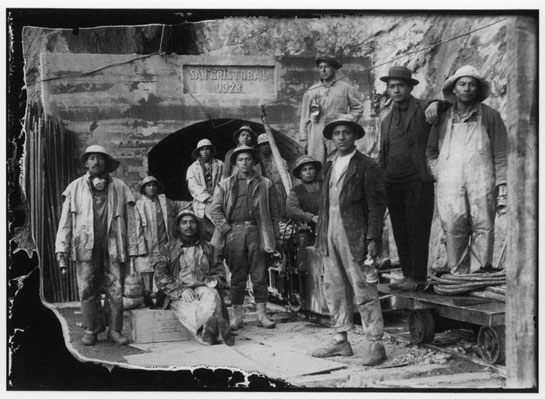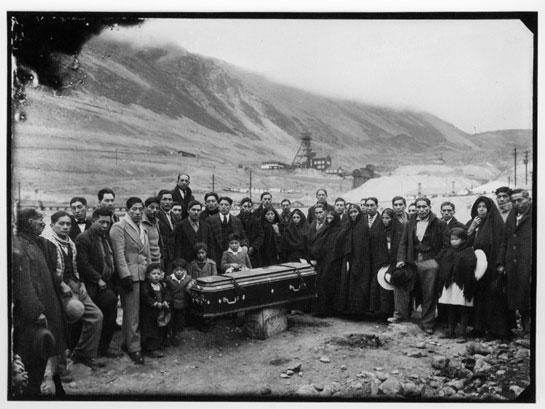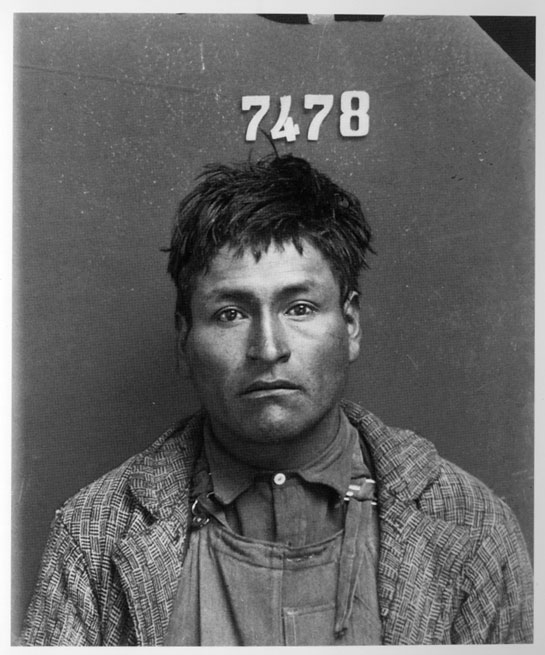The Invisible World

A friend of mine, originally from Peru and now living in Germany, brought me this little book about the photography of one Sebastian Rodriguez, taken in the Peruvian mining town of Morococha. I had never heard of this photographer, and of course I tried to look him up on Google. The results were disappointing. It seems there was a book published in 1987, which I can find in two libraries. In 1983, Aperture Magazine published some of the images. Plus, there is the occasional Spanish-language only text about the work (example). That’s it. (more)

This takes me back, about eight years. When I started compiling photography, in the form of this blog, a large part of the motivation was provided by the fact that finding photographers online was such a frustrating experience. The story of blogging about photography is well known, so there’s no need to repeat it here.
Rodriguez’s work provides a good reminder, though, that while we’ve come a long way from where we were in 2002, there still exists a large amount of photography in what you could think of as the invisible world. Maybe the inaccessible world would be a better term. Strictly speaking, the photography is neither invisible nor inaccessible - assuming the information in World Cat is correct, I could trek down to Washington, DC, to access the copy of the monograph and look at the images. But unless you want to disagree with me out of principle, you get what I’m after: There is a tremendous amount of great photography out there that could be made accessible via the web, and this is particularly true for photography from outside what we could call the pan-Atlantic block (North American plus Europe).

The irony here is that even photography that is available online can be inaccessible, either because nobody links to it, or because it is buried in sites like Flickr. But that’s a slightly different issue. To make this kind of photography more easily accessible, we need smart curators, and we need better algorithms/procedures to search for images. You could think of that as data mining.
But we must not forget about photography like Rodriguez’s, we must not forget about places that are clearly underrepresented on the web. Sometimes, people ask me why there are so few photographers from Latin/South America or Africa listed on this blog, and the answer is simple: Try finding such photography online. It’s often next to impossible.
I don’t know what it will take for this current situation to change. Hopefully, there will be initiatives that will make more photography from places like South America or Africa accessible online. Maybe museums - like the one that issued the little book my friend gave me - will expand what they cover online (and offer some English text). Maybe there will be collaborations between people in the North America or Europe with curators or writers or photographers from Latin/South America or Africa. Whatever it takes.

But it’s important to realize that the invisible images are not just those we can’t find easily on Flickr. It’s also - and especially - photography like Sebastian Rodriguez’s, and we need to see more of that.
(images: Scans from the book “Morococha - Sebastian Rodriguez.” The last image is not a prisoner, it’s a miner, they all had their picture taken with a number on top)